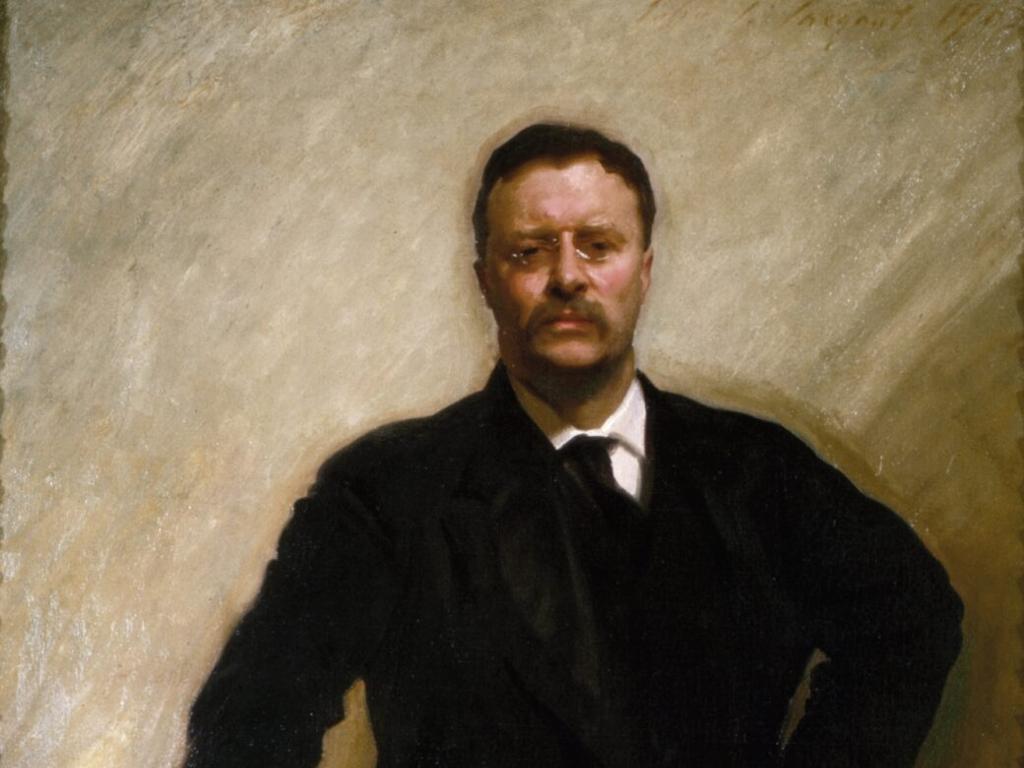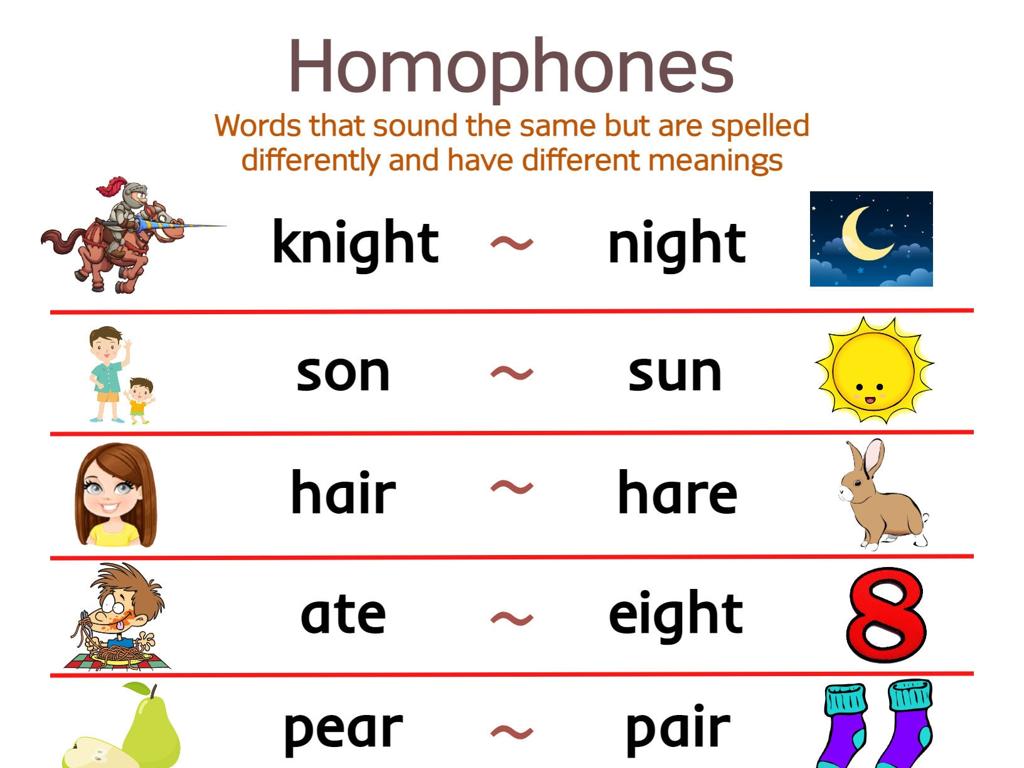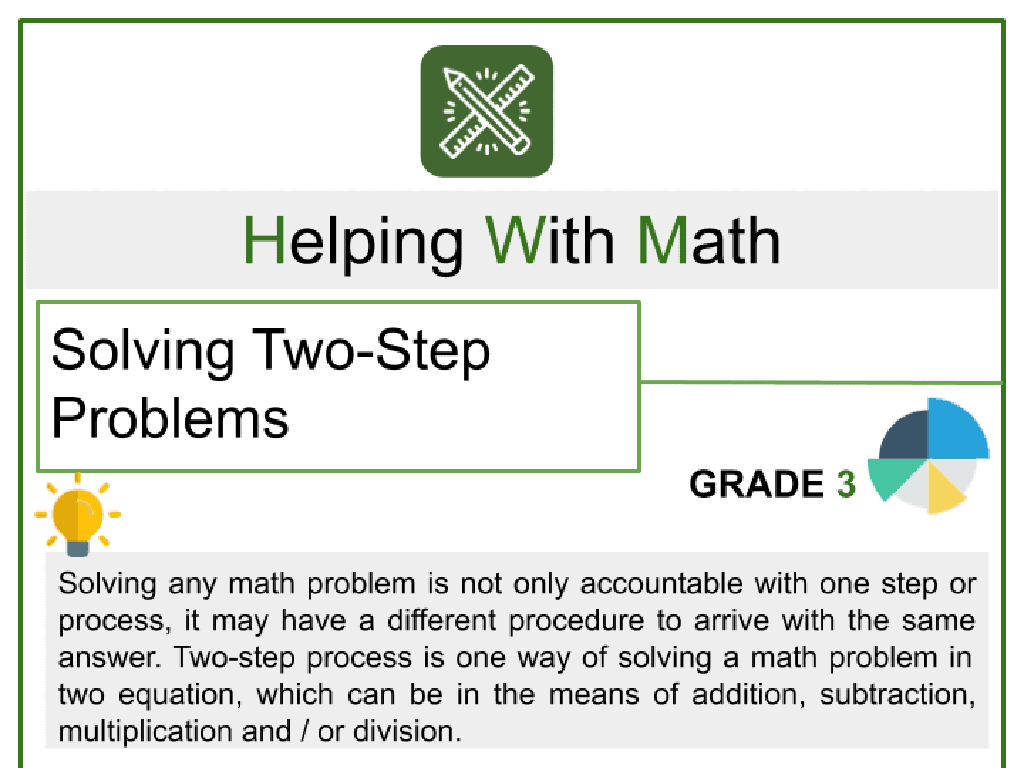The Roman Republic: Part I
Subject: Social studies
Grade: Sixth grade
Topic: Rome And The Byzantine Empire
Please LOG IN to download the presentation. Access is available to registered users only.
View More Content
Exploring the Roman Republic
– Introduction to Roman Republic
– A pivotal era post-Roman kings, laying democratic foundations.
– Timeline: Monarchy to Republic
– Rome’s transition from kings (753-509 BCE) to a republic form of government.
– Roman Republic’s world impact
– The Roman Republic shaped modern political systems and legal codes.
– Republic’s influence on governance
– Concepts like the Senate and checks on power still influence today’s democracies.
|
This slide introduces the Roman Republic, a significant period in ancient Rome that followed the rule of kings and established a republic form of government. It’s crucial to provide a clear timeline for students, highlighting the transition from monarchy to republic around 509 BCE. Emphasize the Roman Republic’s profound influence on the development of modern governance, including the creation of a Senate and the system of checks and balances. These concepts have had a lasting impact on the political systems and legal codes around the world. Engage students by drawing parallels between ancient Roman governance and modern democratic institutions.
Geography of Ancient Rome
– Rome’s strategic location
– Rome was central in the Mediterranean, aiding expansion and defense.
– The Italian Peninsula
– A boot-shaped peninsula extending into the Mediterranean Sea.
– Mediterranean trade routes
– Sea routes connected Rome to diverse cultures and goods.
– Resources fueling the Republic
– Access to metals, fertile lands, and sea-borne commerce.
|
This slide introduces the significant geographical features that influenced the development and success of the Roman Republic. Emphasize Rome’s central location in the Mediterranean, which was crucial for trade and military strategy, allowing Rome to control key trade routes and expand its territory. The Italian Peninsula’s shape and location made it a natural point of connection between the western and eastern parts of the Mediterranean. Highlight the importance of the Mediterranean Sea in facilitating trade, cultural exchange, and economic prosperity. Discuss the abundant resources, including metals and fertile lands, which were vital for the Republic’s growth and stability. Encourage students to think about how geography can shape the destiny of a civilization.
The Beginning of the Roman Republic
– End of the Roman Kingdom
– Establishment of the Republic
– What is a republic?
– A republic is a state where power is held by the people and their elected representatives.
– Significance of the republic
– It marked a shift from monarchy to a form of democracy, influencing future governance.
|
This slide introduces the transition from the Roman Kingdom to the Roman Republic, marking a pivotal moment in history. The Roman Kingdom’s end came with the overthrow of the last king, leading to the establishment of the Roman Republic. A republic is a form of government where citizens have a say in their governance, which was a revolutionary concept at the time. The Roman Republic’s importance lies in its influence on the development of democratic systems around the world. It’s crucial for students to understand the historical significance of these events and how they shaped political systems that are still in use today. Discuss the roles of different social classes in the republic and how this system attempted to balance power among them.
Social Structure of the Roman Republic
– Patricians vs. Plebeians
– Patricians: wealthy elites; Plebeians: common citizens
– Rights and roles in society
– Patricians held power; Plebeians had limited rights
– The Struggle of the Orders
– Plebeians fought for equality, leading to more rights
– Impact on the Republic
|
This slide aims to introduce students to the complex social hierarchy of the Roman Republic. The patricians were the ruling class, often wealthy landowners with significant influence over political and religious matters. In contrast, the plebeians comprised the majority of the population, including farmers, artisans, and merchants, with minimal political power. Over time, the plebeians struggled against the patricians to gain more rights and political equality, a conflict known as the Struggle of the Orders. This struggle led to significant social and political changes, shaping the development of the Roman Republic. Encourage students to compare this historical social structure with modern society and consider the impact of social class on rights and responsibilities.
Governing the Roman Republic
– The Senate’s powerful role
– The Senate advised leaders and controlled finances, like a council of wise elders.
– Consuls: Leaders of the Republic
– Consuls were the two main officials, similar to presidents, leading the army and government.
– The Assembly’s democratic element
– The Assembly represented citizens’ voices, much like our modern-day congress.
– Balancing different government parts
|
This slide introduces the structure of the Roman Republic’s government, emphasizing the separation of powers and the checks and balances that were in place. The Senate, with its advisory role and control over the state’s finances, was a powerful body in the Republic. Consuls, elected annually, were the executive leaders with significant authority in both civil and military matters. The Assembly, on the other hand, was where the citizens of Rome could have their say, voting on laws and important decisions. Highlight the similarities between the ancient Roman government and the modern United States government to help students connect past and present. Discuss how these different branches worked together to govern the Republic and how each had its own distinct role and influence.
Law and Justice in the Roman Republic
– The Law of the Twelve Tables
– Rome’s earliest legal code, basis for all future Roman laws.
– Making and enforcing laws
– Laws proposed by magistrates, voted by assemblies, enforced by consuls.
– Law’s role in Roman society
– Laws structured society, protected citizens, defined legal rights.
– Impact on modern legal systems
– Roman law influences today’s legal principles and governance.
|
This slide introduces students to the concept of law and justice during the Roman Republic, emphasizing the significance of the Law of the Twelve Tables as the foundation of Roman legal code. Discuss how laws were created through a democratic process involving magistrates and citizen assemblies, and enforced by elected officials known as consuls. Highlight the importance of law in organizing Roman society, protecting the rights of its citizens, and establishing a sense of order and fairness. Draw connections between ancient Roman legal principles and modern legal systems, showing the enduring legacy of Roman law. Encourage students to think about how laws affect their own lives and the role of laws in shaping societies.
The Roman Military: Strength and Strategy
– Power of the Roman legions
– The legions were the backbone of Rome’s military might.
– Military organization
– Roman military was highly structured, with legions divided into centuries led by centurions.
– Tactics of the legions
– Tactics included the testudo formation and skilled siegecraft.
– Expansion and Republic’s defense
– Military conquests expanded Rome’s territory and protected its interests.
|
This slide introduces students to the formidable Roman military, emphasizing the legions’ role in Rome’s expansion and the protection of the Republic. Discuss the legions’ reputation for discipline and strength, and how their organization into smaller units allowed for efficient command and control. Highlight specific tactics like the testudo, where soldiers formed a protective shield wall, and their advanced siege techniques. Explain how military success led to territorial expansion and safeguarded Rome’s political and economic interests. Encourage students to consider how the military’s effectiveness contributed to the longevity and influence of the Roman Republic.
Daily Life in the Roman Republic
– Homes in the Republic
– Wealthy lived in villas, poor in crowded apartments
– Roman diet and attire
– Staple foods were grains, fruits, and vegetables; togas were common wear
– Education and family dynamics
– Boys and girls learned reading, writing; family was society’s foundation
– Entertainment and leisure
– Chariot races, gladiator games, and theater were popular pastimes
|
This slide aims to give students a glimpse into the everyday life of people during the Roman Republic. Discuss the stark contrast between the homes of the wealthy and the poor, highlighting the luxurious villas and the cramped insulae. Explain the typical Roman diet, focusing on the simplicity of their meals and the significance of the toga as a garment. Education was a privilege, and the family unit played a crucial role in society, with paterfamilias (the family head) having significant authority. Entertainment was a vital aspect of Roman life, with activities like chariot races and gladiator games reflecting the values and interests of Roman society. Encourage students to compare and contrast these aspects with their own lives to better understand the similarities and differences across time and cultures.
Challenges of the Roman Republic
– Political corruption impact
– Leaders misused power, affecting governance
– Social inequality issues
– Gap between rich and poor created tension
– External threats faced
– Neighboring powers often invaded Rome
– Transition to Roman Empire
– Republic’s fall led to the Empire’s rise
|
This slide addresses the significant challenges that the Roman Republic faced which contributed to its eventual decline. Political corruption involved leaders who misused their power, leading to ineffective governance. Social inequality was marked by a widening gap between the wealthy elite and the poor, causing social unrest. The Republic also faced constant threats from neighboring powers, including invasions that strained its resources. Ultimately, these challenges led to the transition from a republic to the autocratic system of the Roman Empire. Discuss how these challenges are interrelated and how they reflect on the issues faced by governments throughout history. Encourage students to think about how these challenges compare to modern-day issues.
Class Activity: Be a Roman Senator!
– Divide into groups by social class
– Debate a law for the Republic’s issue
– Consider the perspectives of different social classes in Rome
– Develop your group’s law proposal
– Create a law that could solve a problem in ancient Rome
– Present law and reasoning to class
|
In this interactive class activity, students will be divided into groups representing different social classes of the Roman Republic, such as patricians, plebeians, and slaves. Each group will discuss and debate on a law to address a common issue faced during the Roman Republic era, such as land distribution, military service, or trade rights. The students will then develop their group’s law proposal, considering the interests and perspectives of their assigned social class. Finally, each group will present their proposed law and the reasoning behind it to the class. This activity aims to engage students with the political dynamics of the Roman Republic and encourage critical thinking about governance and social issues. Possible activities for different students could include drafting a speech, creating a poster to illustrate their law, or acting out a scenario that demonstrates the need for their law.




